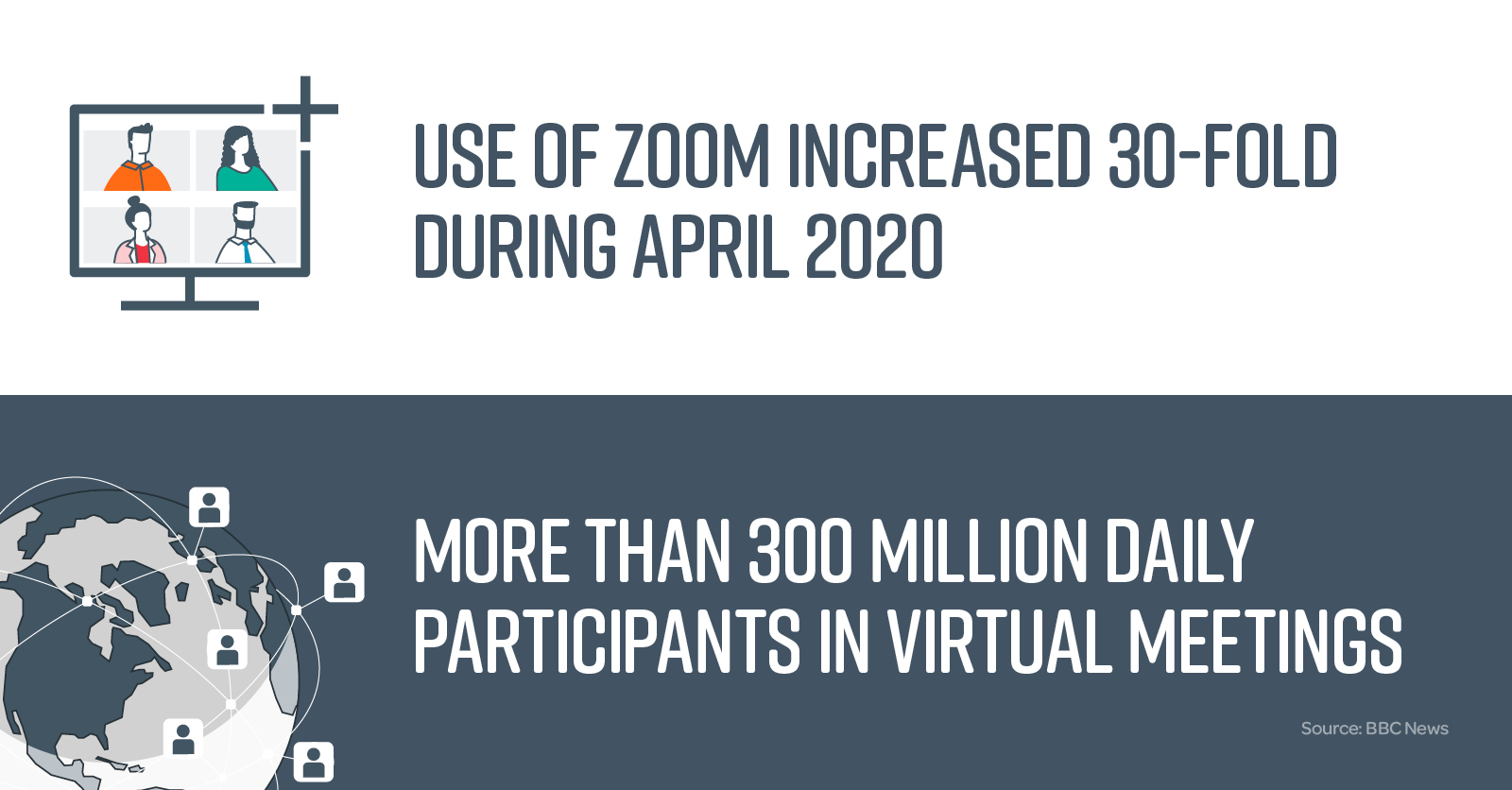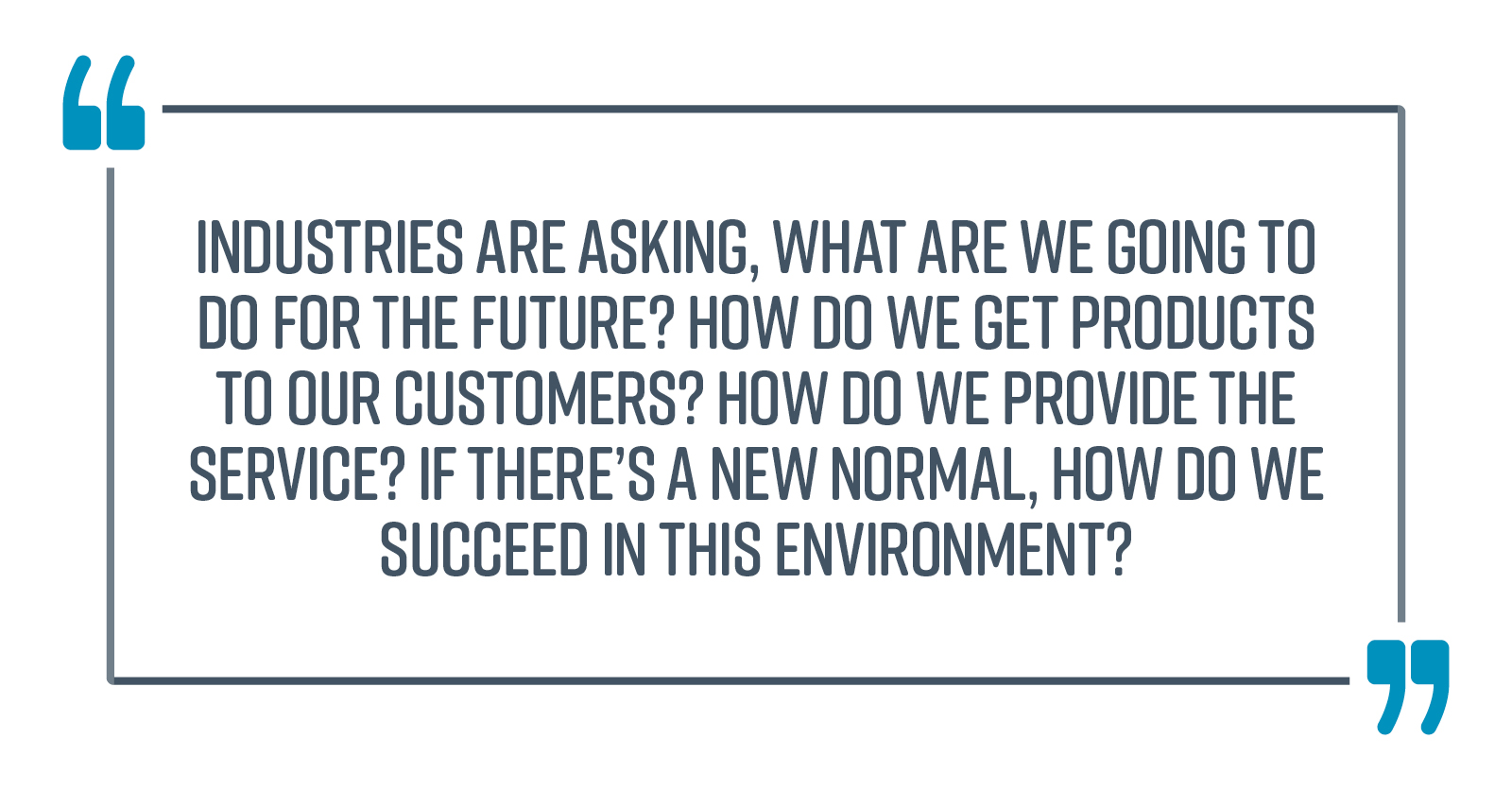How is procurement adapting to the current global situation? What long-term effects will we see from a more digital world? How many changes may still be emerging? What is the future of post-covid procurement?
The only thing certain about the past 12 months is that everything has changed.
Our lives have changed in ways that will exist way beyond the current pandemic.
What does the future hold?
Consider, for example, how we feel about getting close to other people. Right now, we’re socially distancing but, when restrictions end, will we rush to get close to others? We may still want to keep our distance. Such desire for social distance will demand a low-touch economy. This has huge implications for industries where people used to come together to shop, eat or take part in something.
On the other hand, some people think things will revert to normal. Perhaps we will arrive at some sort of normality, but it will, no doubt, be a new normal. This is unlikely to happen much before 2022, even with vaccines. And, as vaccines get rolled out, there may be a cycle of new outbreaks and strains. Clearly, it will take time and the reality is that many of the current digital changes will stick. Not just in terms of how we live, but also how we work.

Homeworkers have become familiar with platforms such as Zoom and Microsoft Teams. Despite obvious implications for people’s wellbeing, many organizations can continue to operate using such tools. Maybe the new normal is not about people occupying a physical place, but working remotely and coming together regularly to create, innovate and enjoy social contact.
Whatever happens, it’s clear that both procurement teams and suppliers will operate vastly differently.
Changes were already underway – we had witnessed the birth of giant supersized suppliers, such as Amazon, Google, and Microsoft – but the pace of change has now accelerated.
Global v Local
Before the pandemic, globalization was the best way to manage sourcing, achieve lowest cost and maximise best value. Now it carries too much risk, not only from COVID but also from increased political uncertainty. That points to a move away from globalization and a return to more local sourcing with, perhaps, vertical integration, where suppliers are brought within the organization.
In the ‘work from anywhere’ world, there has been a natural development of how suppliers operate. COVID accelerated this and, in many ways, brought huge benefits, such as the fall in world pollution levels during 2020.
We have learnt that we can continue to operate in some form without the need for people to commute and fly all over the world to do business. And, for an organization that once spent millions on travel, that’s a huge saving for post-covid procurement. But it’s also a real benefit for the planet.
The Role of Procurement
All in all, procurement is in a really strong position. It’s ready to lead the organization and, actually, the changes just aren’t procurement-based. They are organization-based, right to the level of, what is the mission? What is the strategy? What are we here to do?
Industries are asking, what are we going to do for the future? How do we get products to our customers? How do we provide the service? If there’s a new normal, how do we succeed in this environment?

Procurement’s role is to enable the organization to meet its objectives by getting the right contribution from the supply base. So the strategy will ultimately be delivered through procurement.
Post-covid procurement is, therefore, well-placed to lead the organization, change what it does and figure out how the supply base can help deliver it.
Sustainability
Once viewed as simply a nice thing to do, sustainability is an important driver. We can contract with our immediate suppliers to make sure that goods are sustainable, but it is difficult to manage what happens throughout the supply chain. This is especially tricky in countries with fewer environmental and labour controls. Today, organizations are not responsible for what happens in supply chains, but legislation is on the way. Post-covid procurement is placed right at the heart of this.
Digital
When it comes to digital systems, procurement is quite outdated. In fact, most companies I work with are only just getting to grips with implementing enterprise resource planning (ERP) systems, to manage what they do, let alone connecting externally.
Digital holds the answer here. If we can use data to better understand customer demand, we can employ that information to have more agile supply chains that become better, faster and cheaper.
Artificial Intelligence (AI)
To understand what’s happening with our suppliers right back up the supply chain, we need visibility of that plantation, that factory, that raw material supplier in another country. Post-COVID, we can’t visit them, due to travel restrictions, so we will need data about events throughout the chain.
Automation
Automation is also key. For many years, procurement has been the function that buys things and yet the future is about being much more strategic. After all, purchases of many routine, generic items can now be completely automated.

Not only will the routine spend process be automated, but we will buy from Amazon-type marketplaces. As a result, we will have confidence that we’re buying at the lowest price. We won’t need to get involved in tenders, running RFPs, or traditional bidding. The process can be fully automated with good data, good systems and the emergence of the supersized giant supplier.
The Future
10 years from now, I hope things will be very different but, while data and digital are key to this, the number one change is people.
Why? Because people are our best asset and we’re going to need a whole new generation of post-covid procurement people. Those who have come through the traditional route and are focused on outdated approaches may not make it.
Things are changing at lightning speed. What we now need for the future are strategic procurement people who can think creatively. They will use the latest digital category management tools, connected to real-time data, and the next generation of supplier relationship management tools to manage strategic relationships.
We also require mathematicians, data scientists and people who can develop algorithms. We need functions that will generate data and analytics from the supply base and what’s happening in the world at large. This level of intelligence will not only keep track of routine spend but will also ensure we’re creating the new supplier relationships of the future.
Written by procurement expert and award-winning author of a series of acclaimed procurement and negotiation books, and the CEO of Positive, Jonathan O’Brien.

